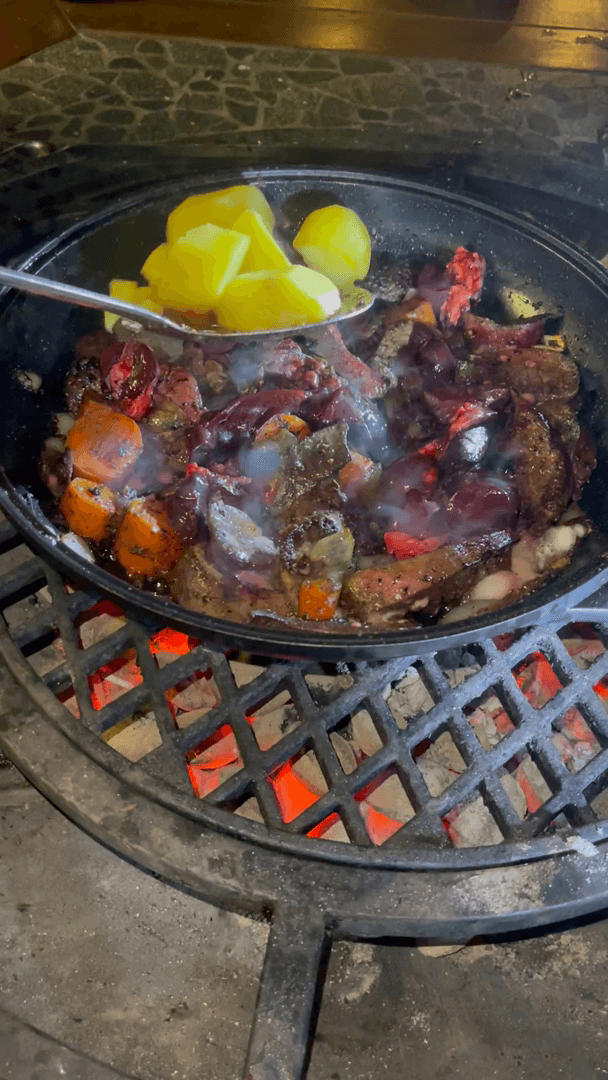
Hawaii Axis Deer Hunts: A Tropical Hunting Adventure in USA: know more about local hunting community, laws, clubs and hunting seasons Geographical and Natural Features for Hunting in Hawaii Hawaii's unique volcanic archipelago creates a distinctive hunting environment spanning approximately 10,931 square miles across eight main islands. The diverse topography ranges from sea level to Mauna Kea's peak at 13,802 feet, offering varied hunting terrains. Dense tropical rainforests cover about 40% of the land area, while rugged mountain ranges and coastal plains provide diverse habitats. The islands' isolation has resulted in an ecosystem where nearly 90% of native species are found nowhere else on Earth. The climate varies significantly between windward and leeward sides, with annual rainfall ranging from 20 inches to over 300 inches in certain areas. This climatic diversity supports both native and introduced game species. However, hunters must contend with challenging conditions, includ
Post: 23 May 11:16













































